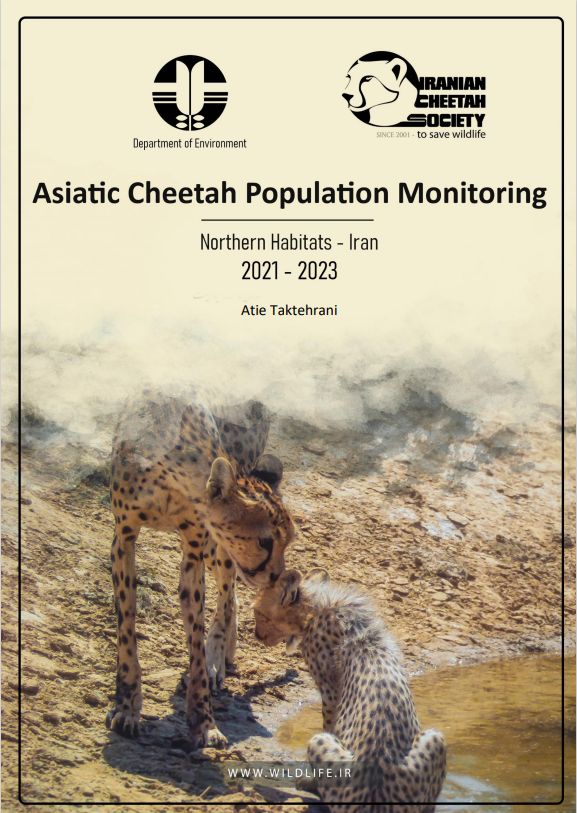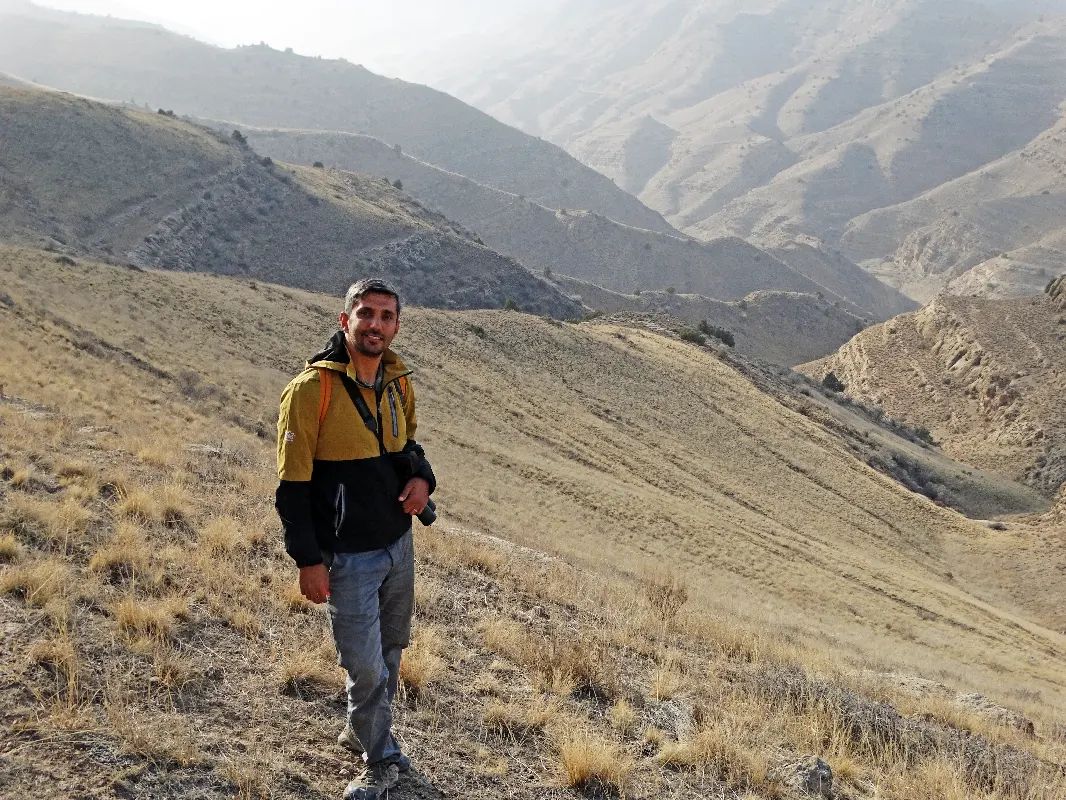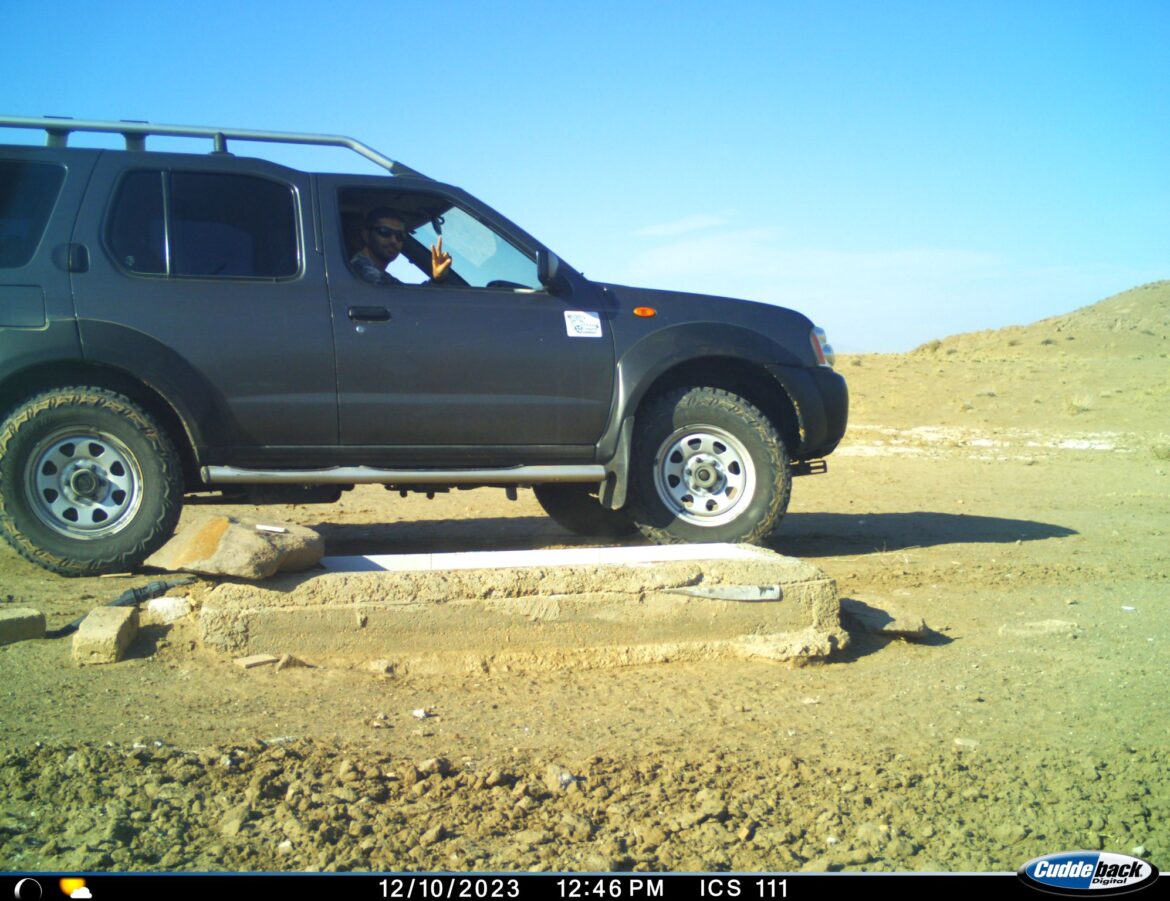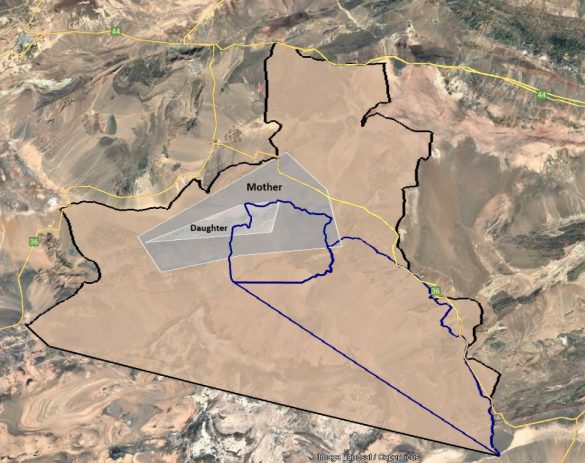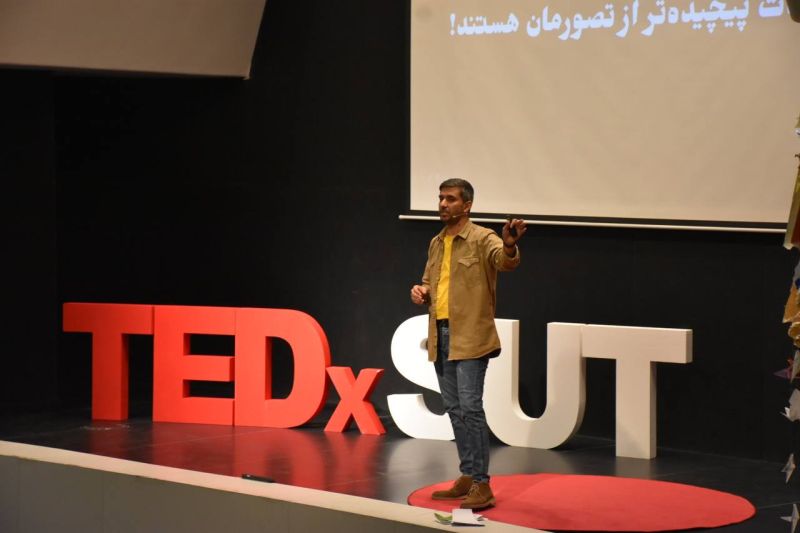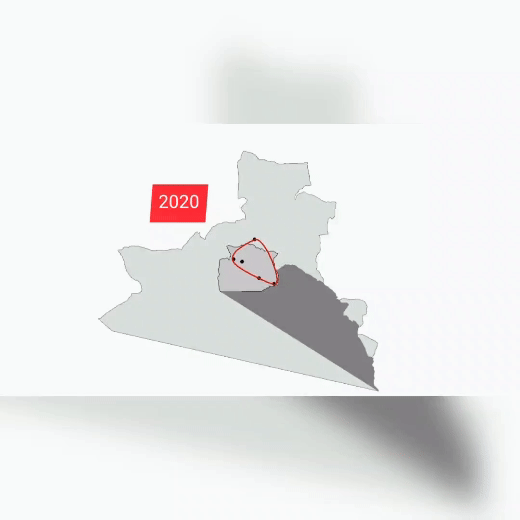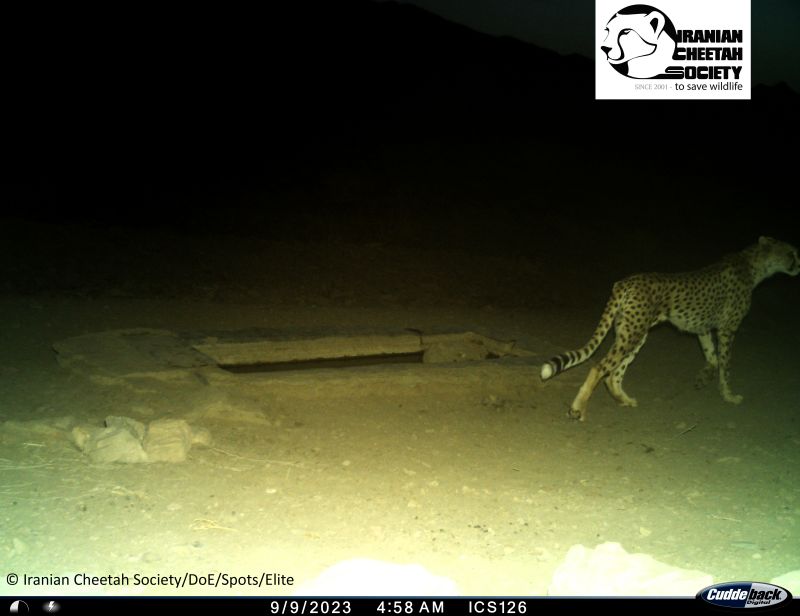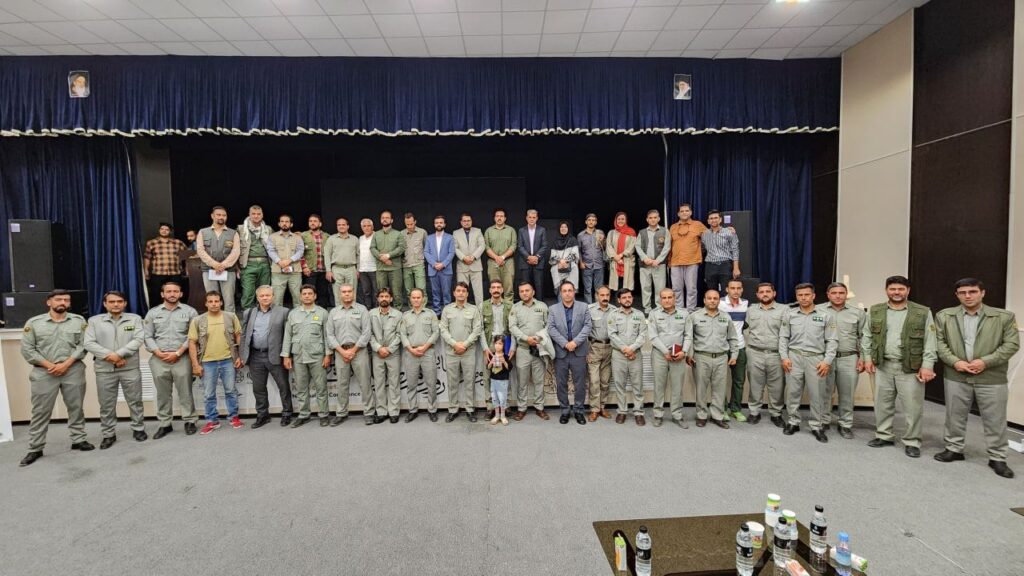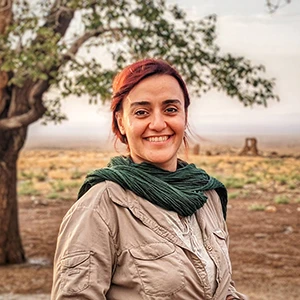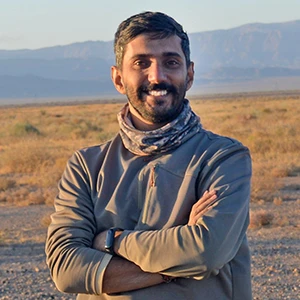As I submit my final report on cheetah monitoring, my last project with the Iranian Cheetah Society (ICS), I reflect on 13 years of growth, learning, and dedication. ICS has been an integral part of my journey, and I’ve always been proud to contribute to its mission. Over the years, I have remained steadfast in my belief that we spared no effort to protect the wildlife of this country, which has helped us endure countless challenges and emerge stronger.
Today, after 13 years, my path has diverged from ICS. Just as nature constantly evolves, so must our methods for protecting it. Along with my colleagues, I am embarking on a new journey with Sarvin Wildlife Conservation. Together, we aim to explore innovative approaches to conservation, particularly for the Asiatic cheetah. Our focus is on resilience and sustainability, qualities that have guided us for years and will continue to define our work.
Download the report from here.

